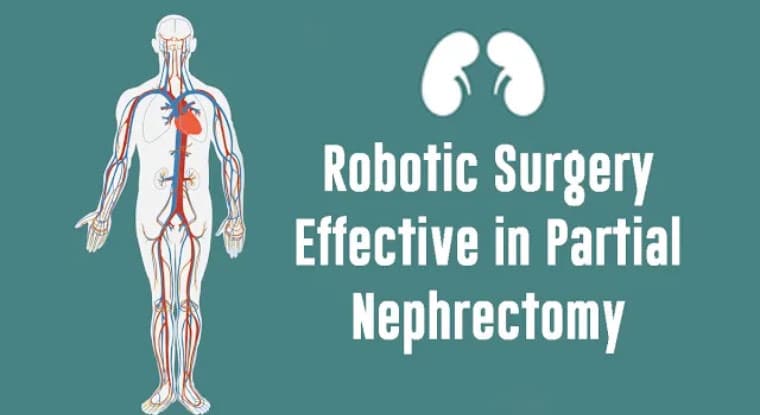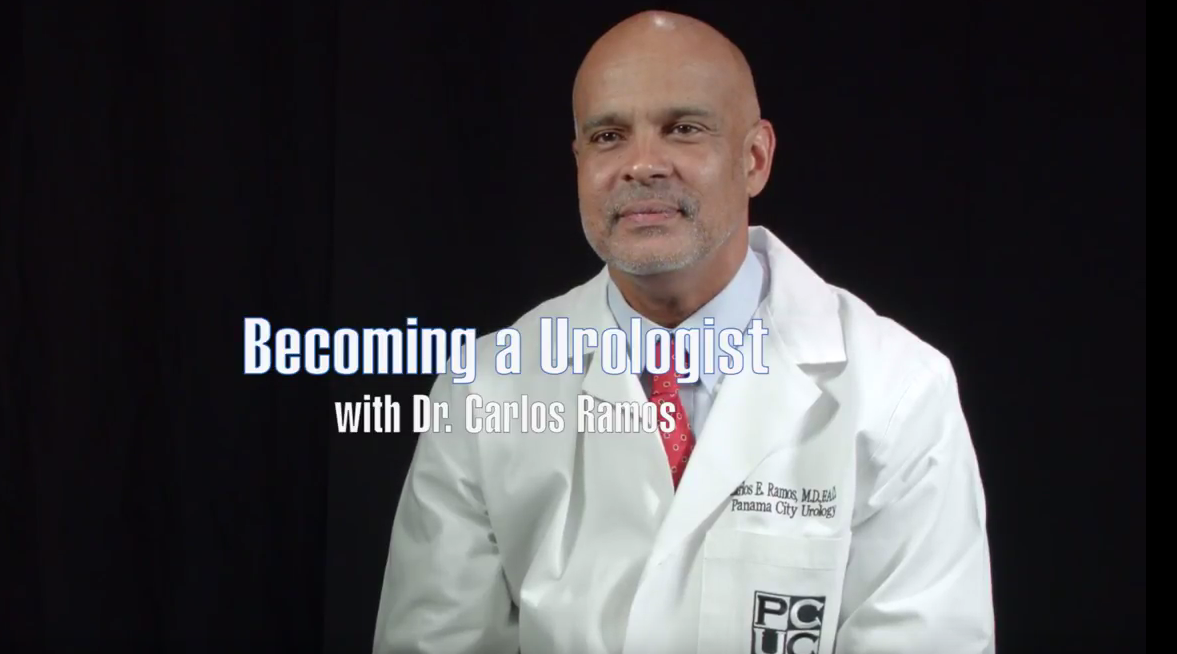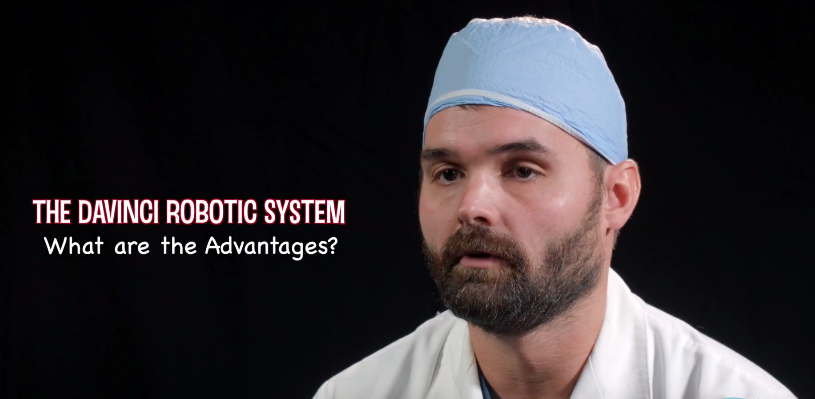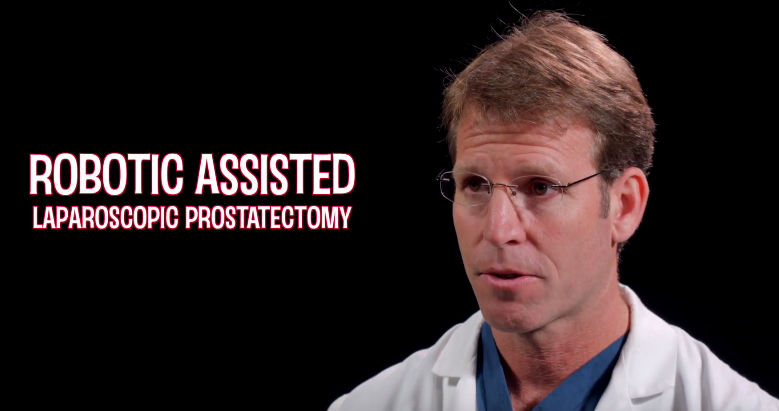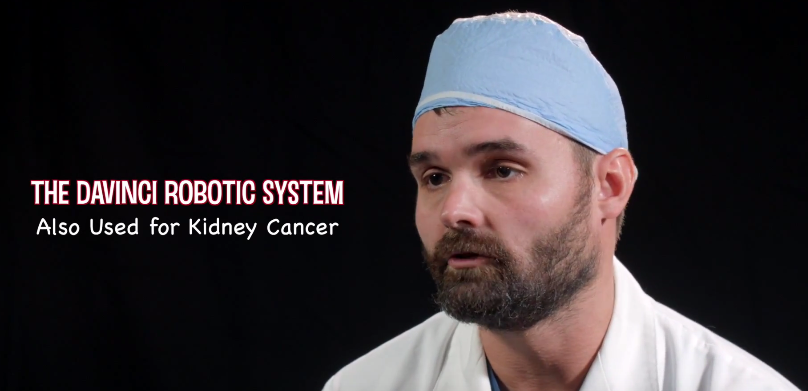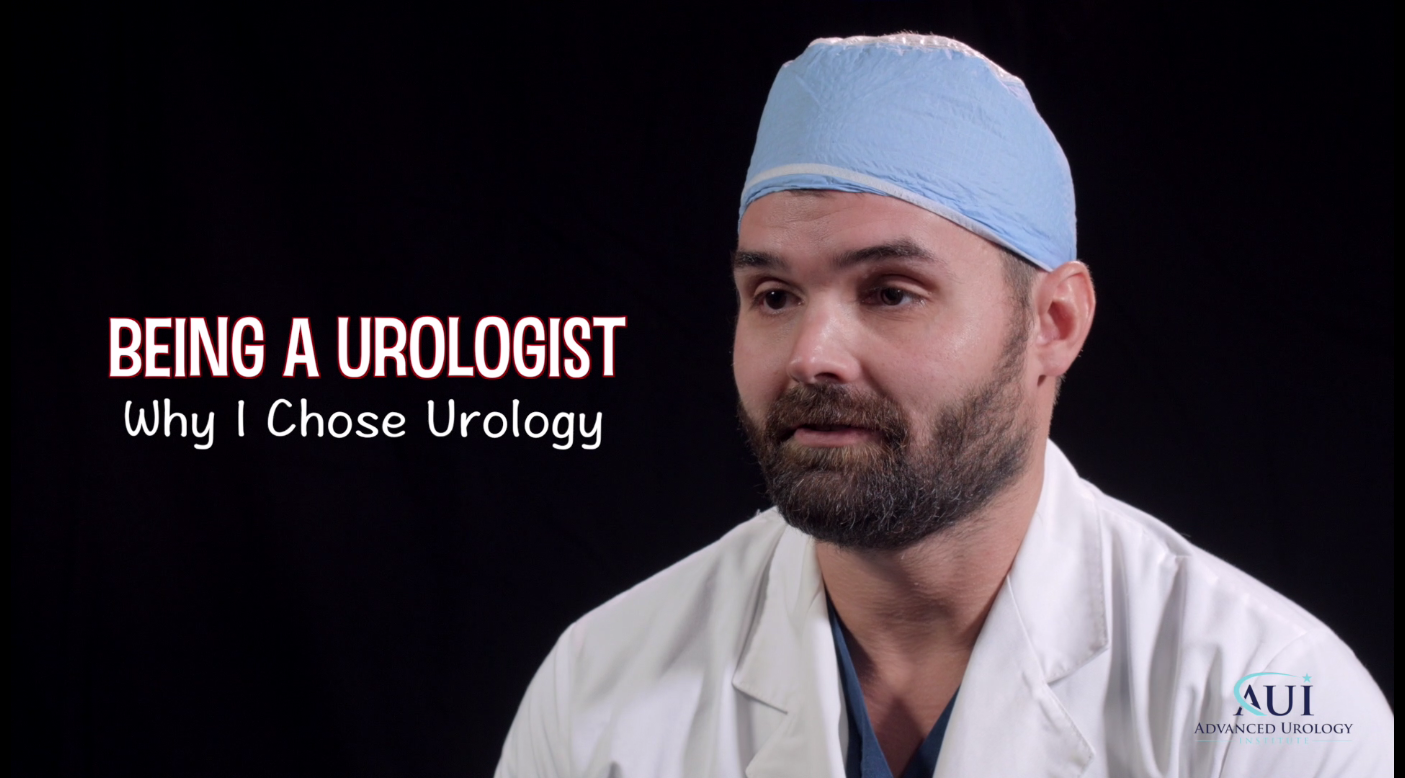Robotic partial nephrectomy involves using an advanced surgical robot to remove part of the kidney, usually the portion with a tumor. Initially, robotic surgery enjoyed tremendous success with surgical removal of the prostate (prostatectomy), but in recent years its usage in kidney operations also has yielded remarkable results. In fact, robotic partial nephrectomy has become the preferred treatment option for most patients with benign kidney tumors, small renal masses and early-stage cancer. During the procedure, tumors are removed with the least possible disruption of the rest of the kidney — a nephron-sparing approach that maximizes post-operative kidney function.
Why is the da Vinci surgical system suited for partial nephrectomy?
The da Vinci surgical robot provides superior maneuverability that is suited for the delicate slicing, cutting and stitching involved in the removal of a portion of the kidney. The surgical robot offers a three-dimensional view of the targeted area, allowing for a broader range of motion of the surgical devices. Urologists using the robot find it much easier to make the complex maneuvers required during the procedure.
Since it uses smaller incisions and doesn’t involve making cuts through bone or muscle, the da Vinci partial nephrectomy causes less scarring and minimal trauma to patients. The recovery time is typically only 2 weeks compared to the 6-8 weeks recovery time after open kidney surgery. Likewise, blood supply to the kidney is blocked for a shorter duration, leading to less overall blood loss and quicker recovery compared to laparoscopy.
How is the robotic partial nephrectomy performed?
During robotic partial nephrectomy, the surgeon makes a series of tiny incisions in your abdomen. The camera and robotic surgical instruments are inserted through these incisions. To create enough room for manipulation of the surgical instruments and enable easy access to the cancerous tissue, the abdomen is inflated with gas (carbon dioxide gas). The doctor then moves the colon away from the kidney and trims off the fat covering the kidney to expose the kidney surface.
With the kidney exposed, the surgeon halts the blood flow to the kidney temporarily to prevent potential bleeding as the tumor is cut and the remaining portion of the kidney sutured together. At the end of the procedure, the urologist reconstructs the kidney, restores blood flow and then inspects the kidney carefully to make sure there is no bleeding.
Who should undergo robotic partial nephrectomy?
The da Vinci partial nephrectomy is the surgical treatment of choice for patients with smaller kidney tumors, usually not bigger than 4 cm in size. However, even patients with tumors ranging from 4 cm-7 cm also may undergo the procedure if they are to be treated in certain areas. Similarly, robotic partial nephrectomy is appropriate in cases where removing the whole kidney could trigger kidney failure or the need for dialysis.
At Advanced Urology Institute, we perform hundreds of robotic partial nephrectomy every year with amazing results for our patients. The procedure takes a short time, reduces the problems caused by benign or small kidney tumors and is effective in helping patients recover from kidney cancer. The minimally-invasive nature of the procedure guarantees less scarring, minimal trauma and quicker recovery for our patients. But we always ensure that patients are closely monitored for post-operative pain and complications, accomplishing cancer-free and happier lives for our patients. For more information on treatment of kidney cancer and other urological problems, visit our “Advanced Urology Institute” site.


